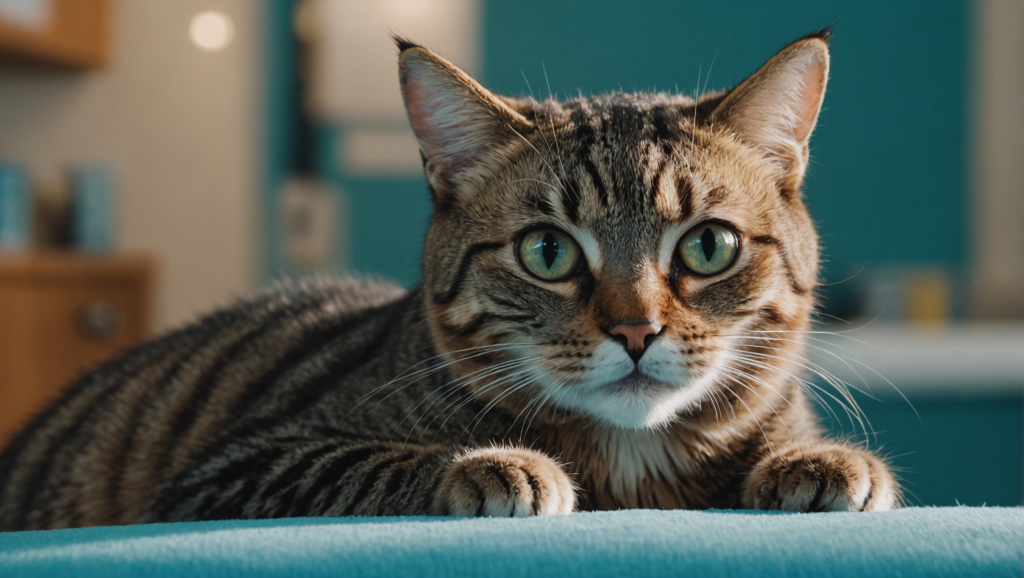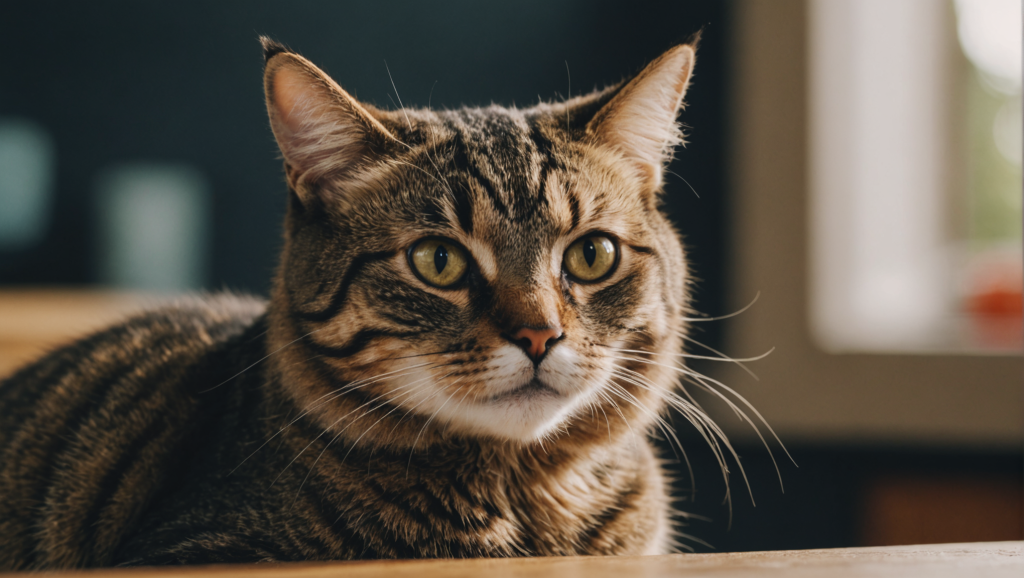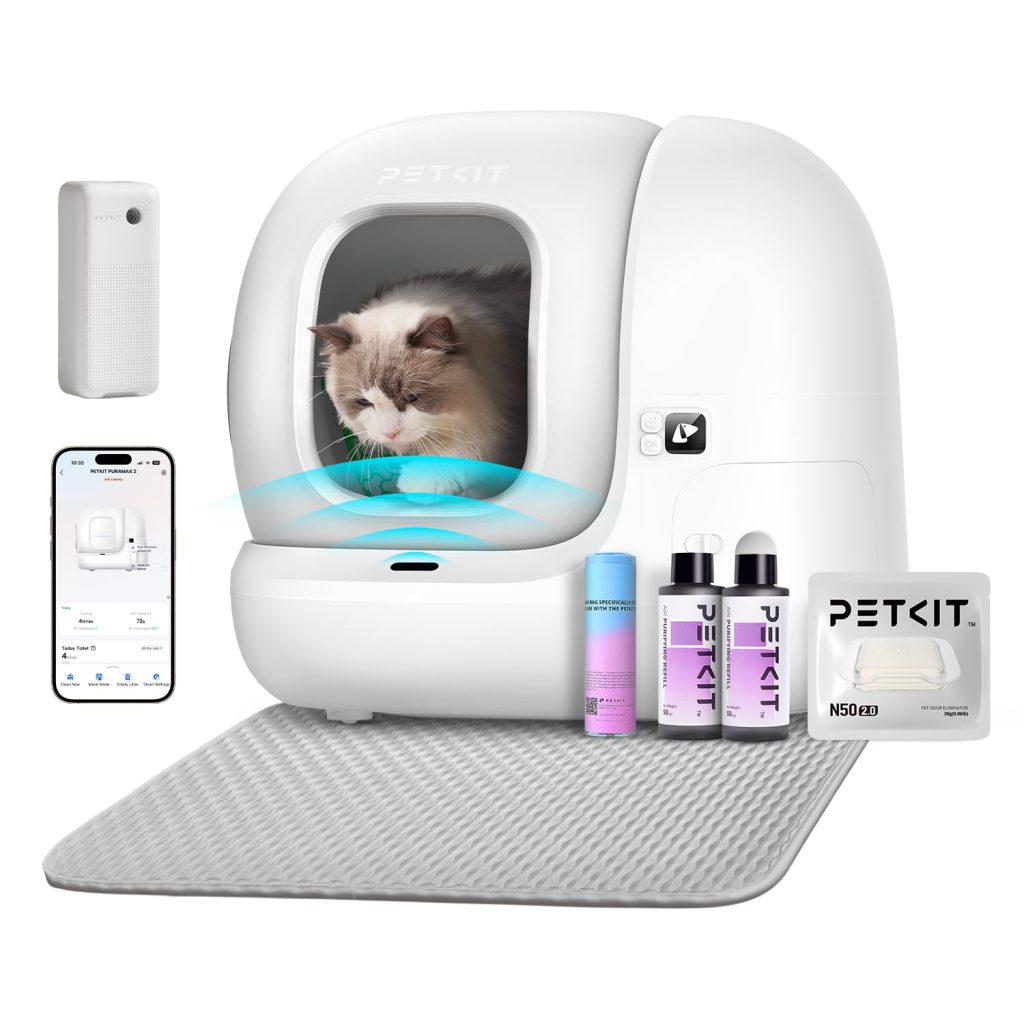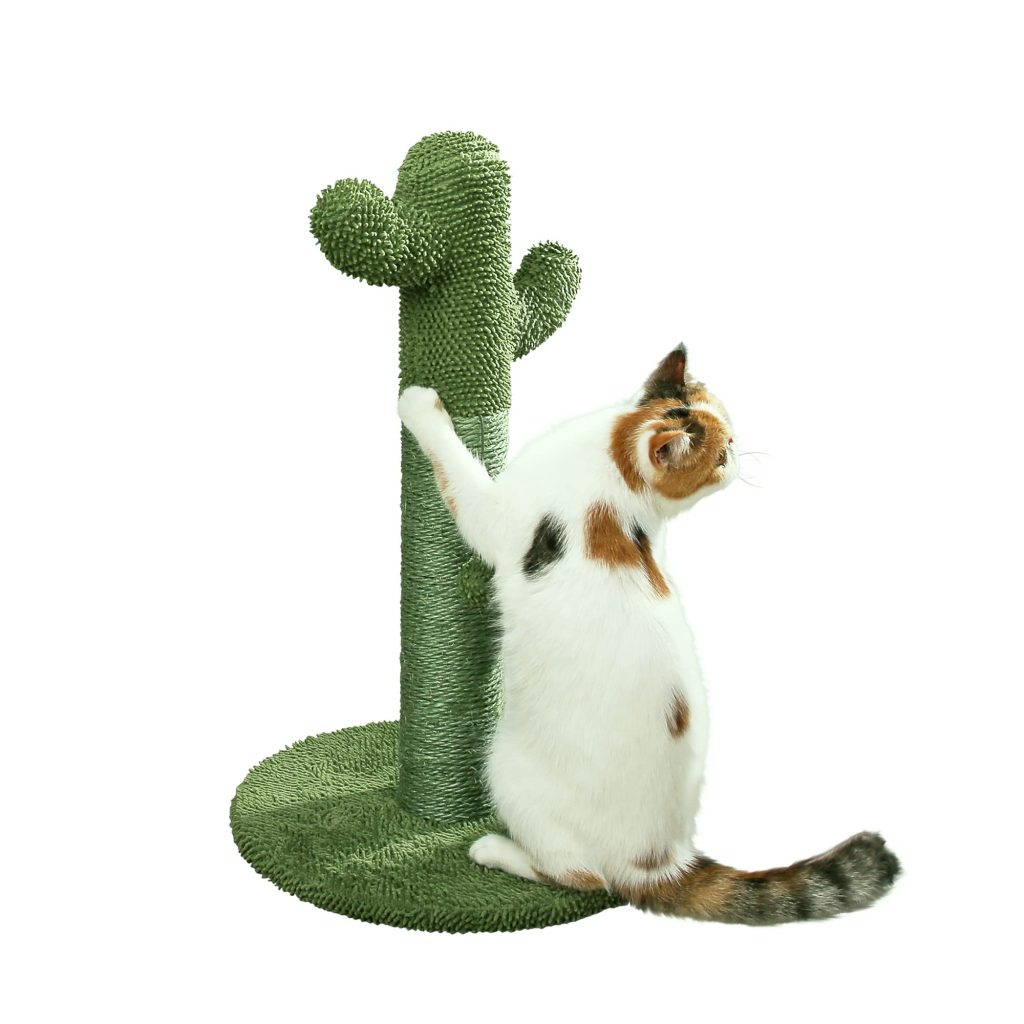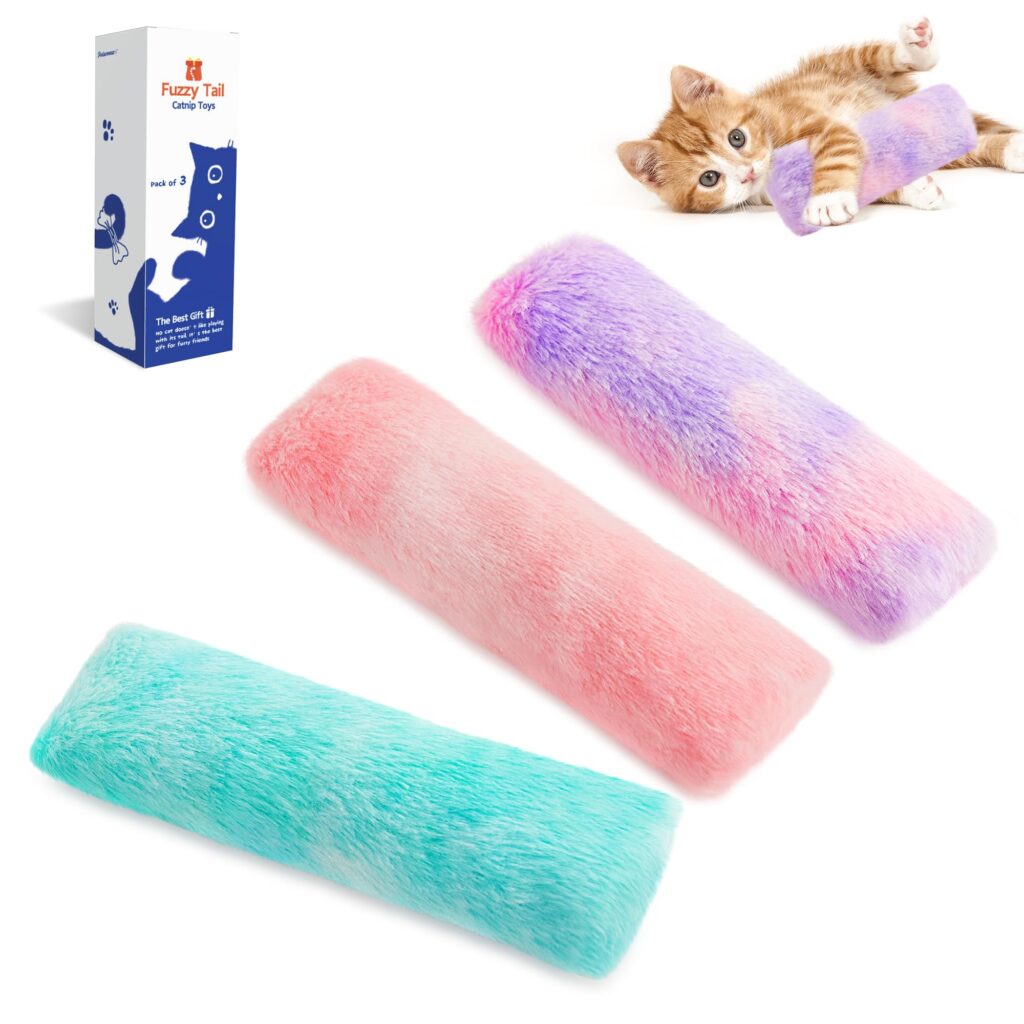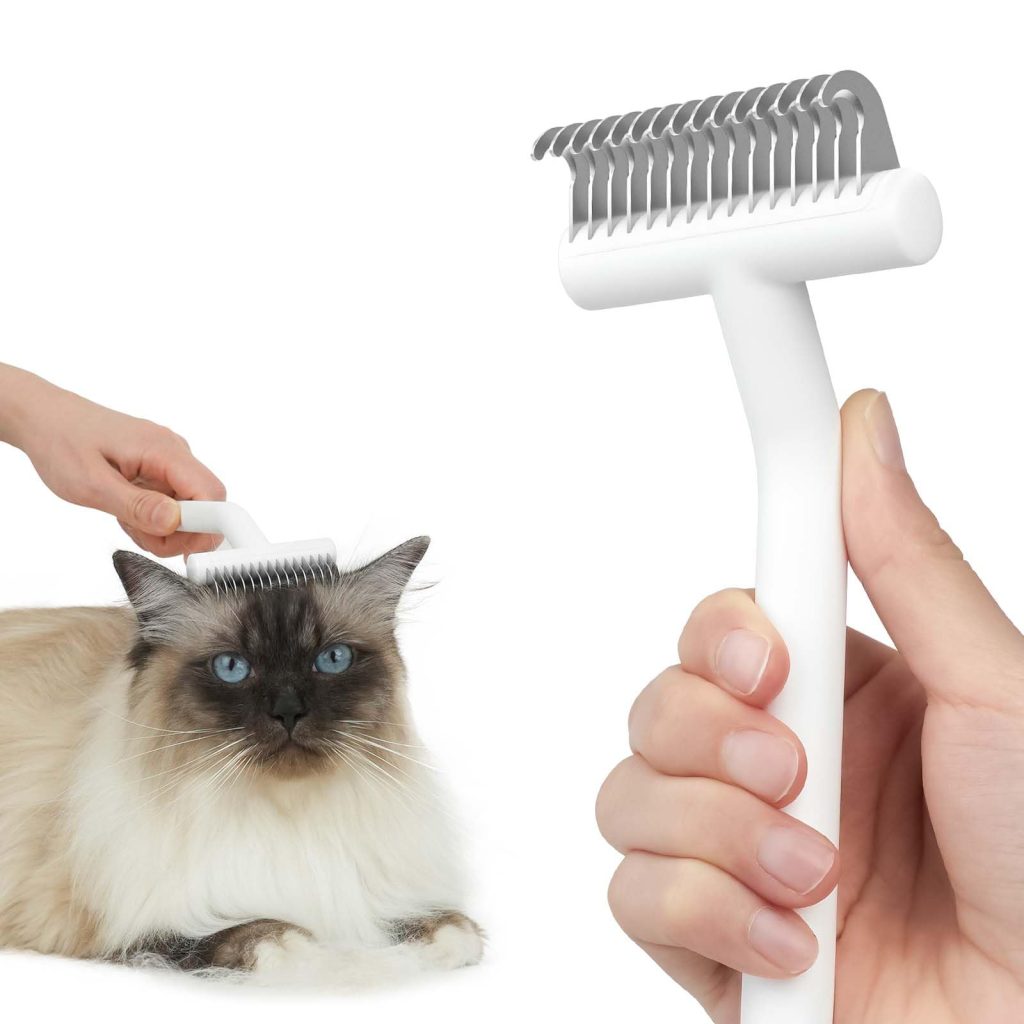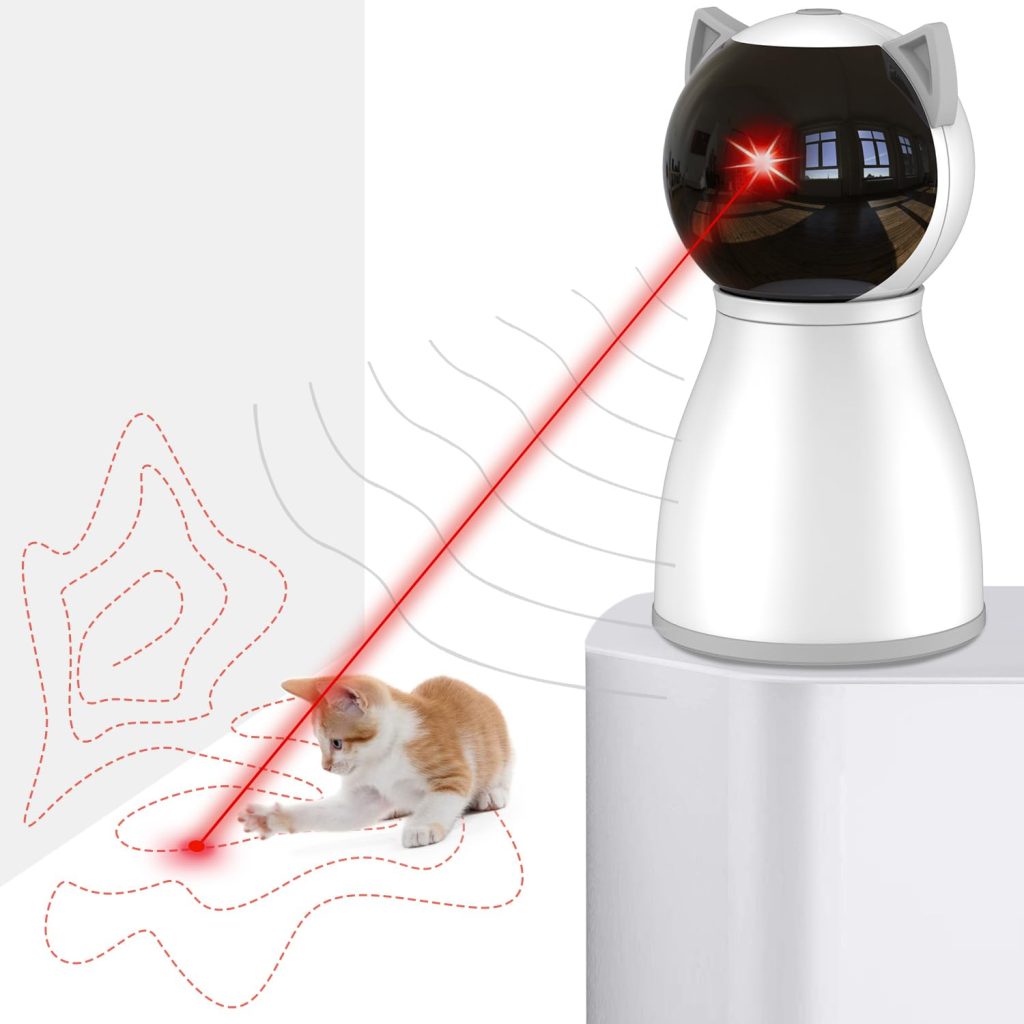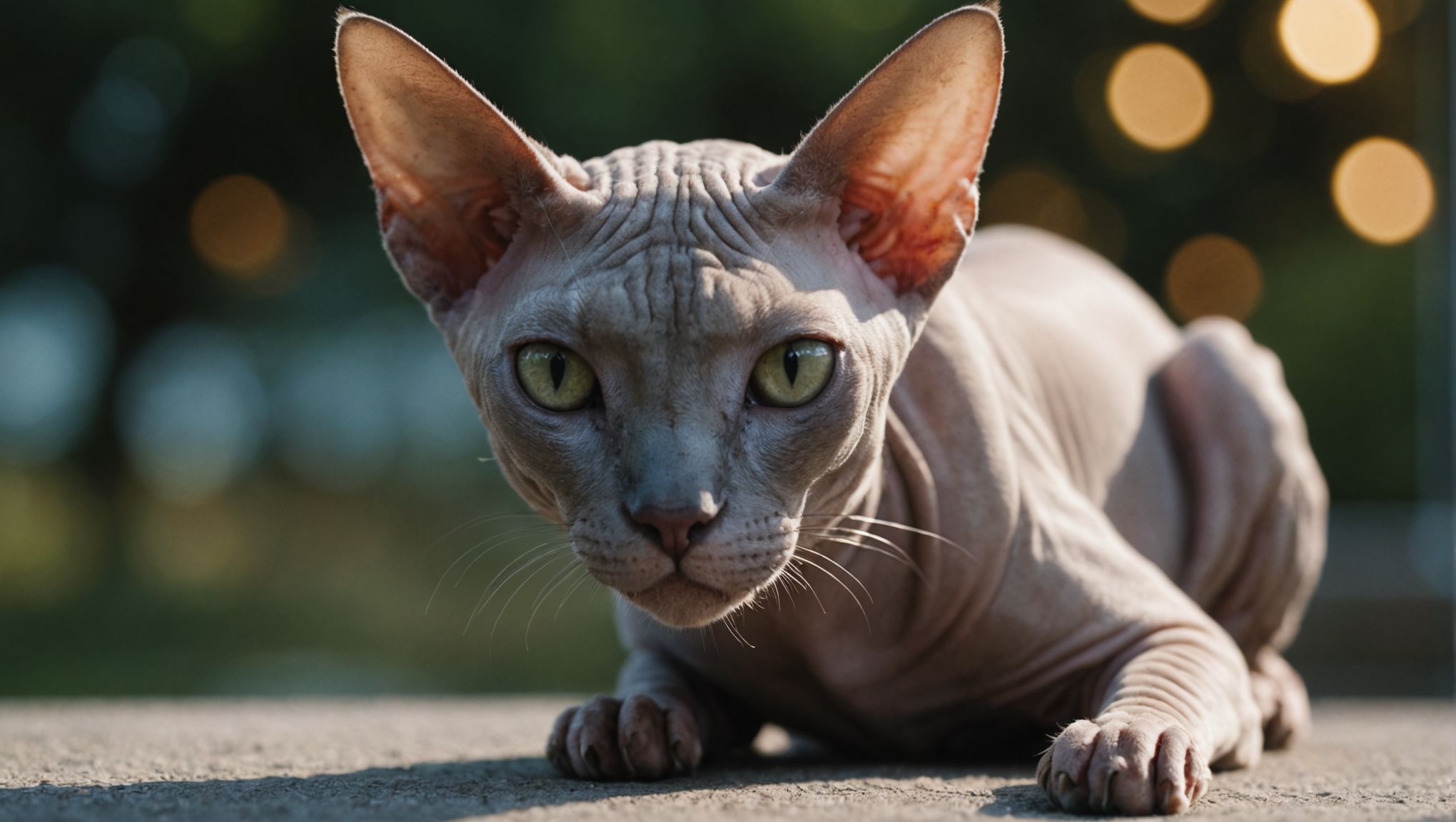
The Sphynx cat, easily recognized by its distinctive lack of fur, has a fascinating history that intertwines with various feline developments over the centuries. Emerging from a series of genetic mutations, this breed first came into prominence in the late 1960s when a hairless kitten named Epidermis was born in Canada. This intriguing surprise sparked the interest of breeders, leading to further efforts to establish a new breed that could retain the desirable traits of domestic cats while embracing the unique aesthetic of hairlessness.
In the pursuit of creating the modern Sphynx, breeders selectively crossed Epidermis with other breeds, including the Devon Rex and American Shorthair, infusing the growing gene pool with desirable characteristics. Notably, the breed was not simply an exercise in aesthetics; it represented an endeavor to cultivate a cat that was not only distinct in appearance but also had a robust temperament and an engaging disposition. By the early 1980s, the Sphynx began to gain recognition, culminating in its acceptance by major cat registries, including The International Cat Association (TICA) in 1985.
Despite its relatively short history compared to other breeds, the Sphynx has captured the hearts of cat enthusiasts around the globe, celebrated not only for its stark and striking appearance but also for its dynamic personality. As is often quoted in feline circles, “A lack of fur does not a lack of warmth imply,” and indeed, the Sphynx is renowned for its affectionate nature and sociable demeanor, often craving not just companionship but active engagement with its human counterparts.
The evolution of this breed also highlights various challenges faced by breeders, including the need to maintain a healthy genetic diversity while mitigating potential health issues that may arise from its particular genetic makeup. As the breed continues to evolve, knowledge gained from past breeding experiences informs state-of-the-art practices, ensuring that the Sphynx remains not just a curiosity in the sphere of feline companions, but a thriving and beloved breed in households worldwide.
Physical characteristics
In the realm of physical characteristics, the Sphynx cat is undeniably one of the most unique among its feline counterparts. While the most pronounced feature is its bare skin, the Sphynx’s contours and proportions evoke a sense of sculptural elegance, akin to a living work of art. Their large, bat-like ears stand erect, often ending in a slight roundness that adds to their whimsical appearance. This prominent feature not only enhances their distinctive silhouette but also serves as an important player in their heightened sense of hearing, allowing them to detect even the faintest of sounds, a trait inherited from their ancestors.
The body of the Sphynx is muscular and medium-sized, characterized by a solid frame that belies its apparent fragility. The breed boasts a rounded abdomen and a tapering tail that provides a balance to its otherwise angular features. Their skin, while devoid of fur, presents an intriguing canvas; it’s typically warm and may vary in color and markings resembling that of their fur-covered relatives. Sphynx cats often come in a variety of shades, ranging from solid colors like black, blue, and cream to more complex patterns including tortoiseshell and point coloration, further adding layers to their allure.
Moreover, the skin of the Sphynx is a notable point of interest, often described as having a texture reminiscent of suede or warm leather. The absence of fur does not eliminate the need for appropriate skincare; in fact, without a protective coat, these cats can be prone to skin issues. Owners should monitor their Sphynx for oil buildup, which can occur due to the absence of fur, and routine bathing—typically every one to two weeks—can help maintain cleanliness and skin health. Using a gentle, sphynx-specific shampoo can prevent skin irritation while keeping it hydrated and healthy, enabling this breed to fully embrace its affectionate nature without discomfort.
The Sphynx’s eyes are another distinctive aspect, large and expressive, ranging in color from copper to blue, depending on their coat variation. These captivating eyes not only contribute to their expressive demeanor but also require regular attention to avoid any buildup of discharge, which is a common issue due to their prominent placement. Routines of gentle eye-cleaning with a moistened cloth can help prevent irritation and maintain eye health.
It’s also essential to think the Sphynx’s relatively high metabolic rate, a consequence of their unique physiology. The breed requires a balanced diet rich in essential nutrients to support their active lifestyle and maintain their muscle mass. High-quality, protein-packed cat food should be prioritized, and owners may need to incorporate more frequent feeding schedules to accommodate their energy needs. Hydration is equally crucial; as they lack a fur coat, Sphynx cats may be more susceptible to overheating, so fresh water should always be available to ensure adequate hydration.
Coupled with their physical traits, the Sphynx’s expressive behavior and striking appearance demand an attentive and engaged owner who can appreciate their quirks and nuances. With the right care, the breed not only thrives physically but also blossoms emotionally, as they’re creatures who indeed love to share their home and heart with those who understand their singular beauty. The Sphynx cat, with its remarkable physique and engaging personality, sets a vivid example in the world of feline companions—one that’s sure to captivate any animal lover’s spirit.
Personality and temperament
The Sphynx cat is not merely defined by its unique appearance but is celebrated for a personality this is both vivacious and deeply affectionate. Known for their vibrant energy, Sphynxes are often described as inquisitive and playful, embodying an exuberance that keeps their human companions thoroughly entertained. These cats thrive on interaction and engagement, often following their owners from room to room, eager to be part of the action. Their sociable nature makes them excellent companions for those who desire a pet that actively seeks out their presence and participation.
In a household setting, the Sphynx exhibits a distinctive blend of dog-like qualities; they’re known to greet their owners at the door, often joining in on family activities, whether that’s lounging on the couch or curling up in bed. Their vibrant personalities lead them to be exceptionally engaging with children and other pets, effectively forging strong bonds that are characterized by playful antics and affectionate snuggles. As astutely noted by breeders and enthusiasts alike, “The Sphynx isn’t just a cat; it’s a true companion, imbued with an irrepressible spirit that draws people in.”
However, this breed’s spirited nature is accompanied by a need for mental stimulation and physical exercise. To keep their minds sharp and bodies active, owners should incorporate a variety of interactive toys and playtime sessions into their daily routine. Feather wands, laser pointers, and puzzle feeders can pique their natural curiosity and prevent boredom. Regular play not only keeps the Sphynx entertained but also reinforces the bond between cat and owner, illustrating that these cats thrive as part of a dynamic and engaging environment. Additionally, it is recommended to provide elevated perches and climbing structures, as Sphynxes enjoy navigating their surroundings and surveying their domain from an advantageous vantage point.
While their outgoing and affectionate disposition is one of the breed’s defining traits, potential owners should also be mindful of the Sphynx’s dependence on social interaction. These cats can experience separation anxiety if left alone for extended periods, which may manifest in destructive behaviors or vocalization. As such, they’re suited best for families that can commit to investing quality time with them. If pairing with another pet, introducing a second furry companion can often alleviate loneliness and enrich their social lives, provided the introduction is handled with care.
When it comes to health considerations, owners should be aware of certain breed-specific issues. Sphynx cats can be prone to cardiac problems, particularly hypertrophic cardiomyopathy (HCM), a condition that affects the heart muscle. Regular veterinary check-ups, including echocardiograms, can help in early detection and management of potential health issues. Additionally, their unique lack of fur can sometimes lead to skin issues such as rashes or sunburn, necessitating vigilant sun protection and regular skin care routines. Owners are encouraged to monitor their cat’s skin health closely and create a nurturing environment that emphasizes gentle handling and warmth to complement their sensitive nature.
To ensure the overall well-being of their Sphynx, owners should also pay close attention to grooming needs despite the lack of fur. The oil produced by their skin can accumulate, requiring regular baths—typically every one to two weeks—to maintain optimal skin hygiene. Gentle cleansing with pet-safe products designed for Sphynx cats can help prevent irritations and keep their skin healthy. Furthermore, routine eye cleaning is essential due to their tendency to have tear staining; a soft, damp cloth can be used to gently wipe away any buildup and promote eye health.
Dietary needs are also paramount, as Sphynxes possess a higher metabolic rate than many other breeds. A balanced diet rich in high-quality proteins and essential nutrients especially important to support their energetic lifestyle. Cats of the breed may benefit from multiple small meals throughout the day, promoting better digestion and sustained energy levels. Fresh water should always be available, and owners should remain conscious of maintaining an appropriate weight to prevent obesity-related health issues.
Navigating the enchanting world of the Sphynx cat involves understanding the intricacies of their social needs, exercise requirements, grooming habits, and potential health concerns. With the right knowledge and commitment, these delightful companions can flourish, filling homes with their warmth and spirit. The Sphynx cat, a breed that continuously captivates the hearts of those who share their lives with them, underscores the timeless adage that the truest beauty lies within the bond shared between pet and owner.
Care and grooming requirements
Caring for a Sphynx cat requires a commitment to understanding their unique needs, which stems from both their distinctive physical characteristics and their vibrant personality. As they lack a protective coat, owners must be diligent in maintaining skin health. Unlike fur-covered cats that naturally keep their skin oils in check, Sphynx cats need regular baths—usually every one to two weeks—to prevent the buildup of oil and dirt. This cleansing routine not only helps keep their skin healthy but also offers a wonderful opportunity for bonding between the cat and owner. Opt for a mild, hypoallergenic shampoo specifically formulated for Sphynx cats, as it can help preserve their delicate skin while ensuring effective cleaning.
Beyond bathing, the Sphynx’s skin requires daily inspection to identify any signs of irritation, rashes, or unusual growths. Owners should be attentive to areas such as the folds of the skin, which can trap moisture and bacteria if not regularly cleaned. A damp cloth or specially designed cleansing wipes can be useful for maintaining these folds, ensuring that any potential irritants are kept at bay. Additionally, sun protection becomes crucial, as their exposed skin is susceptible to sunburn. If your Sphynx enjoys basking in sunny spots, ponder applying a veterinarian-approved sunscreen to exposed areas, particularly on the ears and nose.
Grooming extends beyond skin care—ear hygiene is equally significant due to the Sphynx’s large ears, which can accumulate wax and debris. Regularly check their ears and clean them with a veterinarian-recommended ear cleaner to minimize the risk of infections. It is essential to approach this process gently to keep the experience positive for your cat. Their eyes also require frequent care; some Sphynx cats may have increased tear production, leading to tear staining. Utilize a soft, damp cloth to gently wipe away any discharge and prevent staining.
A Sphynx’s dietary needs reflect their high metabolism. Being energetic and playful, they require a nutrient-dense diet tailored to their unique physiological characteristics. High-quality, protein-rich food should be the cornerstone of their diet, supplemented with essential fatty acids to support their skin health. Because they burn calories quickly, many owners find that feeding their Sphynx several small meals throughout the day is beneficial, helping to maintain energy levels and avoid weight fluctuations. Monitoring their weight is vital, as Sphynx cats can be prone to obesity, which can exacerbate other health issues. Providing fresh water at all times ensures they stay hydrated, especially given their increased sensitivity to heat.
Exercise is another critical aspect of Sphynx care. Their playful personality means they thrive with regular interactive playtime. Owners should incorporate a variety of toys into their environment, including feather wands, laser pointers, and climbing structures, to stimulate both their body and mind. Engaging in interactive play not only fulfills their physical exercise needs but also reinforces the bond between pet and owner. A neglected Sphynx may express frustration through destructive behaviors, so ensuring an active lifestyle very important for their well-being.
When it comes to potential health issues, Sphynx cats are predisposed to certain conditions, of which hypertrophic cardiomyopathy (HCM) is the most common. Routine veterinary visits including preventive cardiac screenings can help catch any potential problems early on. Awareness of other genetic conditions, such as skin infections and respiratory issues, should remain at the forefront of an owner’s mind. Keeping abreast of any behavioral changes and maintaining an open dialogue with the veterinarian promotes a proactive approach to health care.
In managing the care of a Sphynx cat, it’s vital to remember their emotionally needy nature. This breed thrives on companionship and can become anxious if left alone for long periods. Ensuring they have a stimulating environment filled with climbing towers, toys, and, if practical, companionship from another pet can assist in alleviating loneliness. These engagement strategies enhance not only their physical well-being but also contribute positively to their emotional health.
By dedicating time to the unique care requirements of the Sphynx cat, owners can nurture a relationship that flourishes within the shared environment. Through attentive grooming, dietary awareness, mental stimulation, and social engagement, a Sphynx cat can truly thrive, growing into a loving and integral member of the family, basking not only in the sunshine but also in the affections of those they hold dear.
Health considerations
Health considerations for the Sphynx cat are multifaceted, reflecting the breed’s unique physiology and genetic predispositions. While these cats are often celebrated for their vibrant personalities and affectionate nature, prospective owners must be informed about the potential health concerns that may arise. The Sphynx’s genetic background makes them prone to certain breed-specific health issues, most notably hypertrophic cardiomyopathy (HCM), a condition that results in the thickening of the heart muscle. Early detection through routine veterinary check-ups is essential, and breeders should consider genetic screening to reduce the risk of passing on this condition. Regular veterinary visits can include echocardiograms, which help monitor cardiac health and provide peace of mind for owners.
Moreover, the absence of fur exposes the Sphynx to certain skin-related issues. Without a protective coat, their skin is more susceptible to environmental factors that can lead to irritations or infections. Owners should be vigilant, inspecting their cat’s skin for signs of rashes, redness, or other abnormalities. Routine bathing—typically every one to two weeks—is vital in managing oil buildup, but it is equally important to balance this with hydration strategies. As referenced in many feline care manuals, “A healthy cat is a well-groomed cat,” emphasizing the importance of maintaining their skin to promote overall wellness.
Additionally, sun protection is imperative for the Sphynx. Their exposed skin is at risk for sunburn, particularly on sensitive areas such as the ears and nose. When basking in sunny spots, owners should apply veterinarian-approved sunscreens to shield delicate skin from harmful UV rays. When the Sphynx is outdoors, limiting their exposure during peak sun hours can also help prevent skin damage. In colder climates, these cats may experience discomfort due to their lack of insulation; thus, providing warm blankets and ensuring they have cozy indoor spaces is a necessary aspect of their care.
Another potential concern for Sphynx cats is their increased sensitivity to temperature extremes. Since they lack a fur coat, these cats can become cold quickly, necessitating a warm indoor environment and perhaps even the use of pet sweaters during chilly weather. Conversely, during hot weather, they may be prone to overheating due to their high metabolic rate. Owners should ensure that their homes remain temperate, providing plenty of fresh water and shaded areas to keep their Sphynx cool during warmer months. Observing signs of overheating, such as excessive panting or lethargy, especially important in safeguarding their well-being.
Dental health is another crucial factor to consider, as Sphynx cats can be more prone to periodontal disease compared to other breeds. Regular dental care, including brushing their teeth several times a week and providing dental treats or toys designed to minimize plaque buildup, can help maintain oral hygiene. A conversation with a veterinarian regarding the best practices for dental care will bolster an owner’s confidence in fostering their feline friend’s dental health.
Nutritionally, the Sphynx cat’s dietary requirements are closely tied to its energetic lifestyle. Their high metabolic rate demands a diet rich in protein and essential fatty acids to sustain their energy levels and support healthy skin. Owners should prioritize high-quality commercial diets formulated for their specific needs and consider integrating wet food to ensure adequate hydration. Monitoring their food intake is vital; as they can be prone to obesity, particularly if overindulged or lack sufficient exercise. A weight management plan that includes multiple small meals throughout the day and promotes activity can further contribute to a healthy feline.
Alongside these preventative strategies, it is essential to maintain robust emotional health for the Sphynx. These cats thrive on social interaction and can struggle with separation anxiety if left alone for extended periods. Enriching their environment with toys, scratching posts, and climbing structures can provide mental stimulation and physical exercise. Additionally, the presence of another pet can alleviate feelings of loneliness, although careful introductions are necessary to ensure a harmonious relationship. The Sphynx cat’s well-being, both physically and emotionally, is intricately tied to the quality of care and attention they receive, making responsible ownership and proactive health management paramount.
Ultimately, understanding the specific health considerations of the Sphynx cat enables owners to foster a nurturing environment that promotes longevity and happiness. By being observant and proactive in their care routine, homeowners can not only enhance their Sphynx’s quality of life but can also build a rewarding companionship that flourishes over time.
